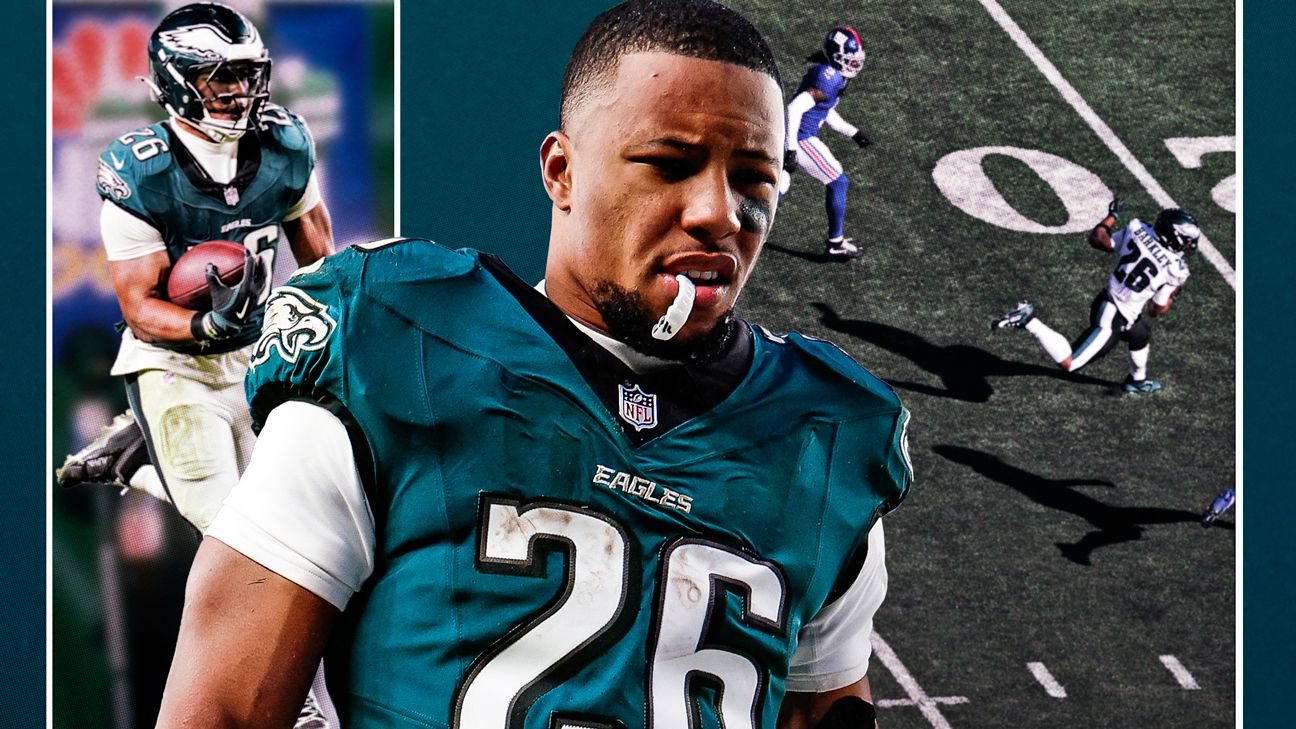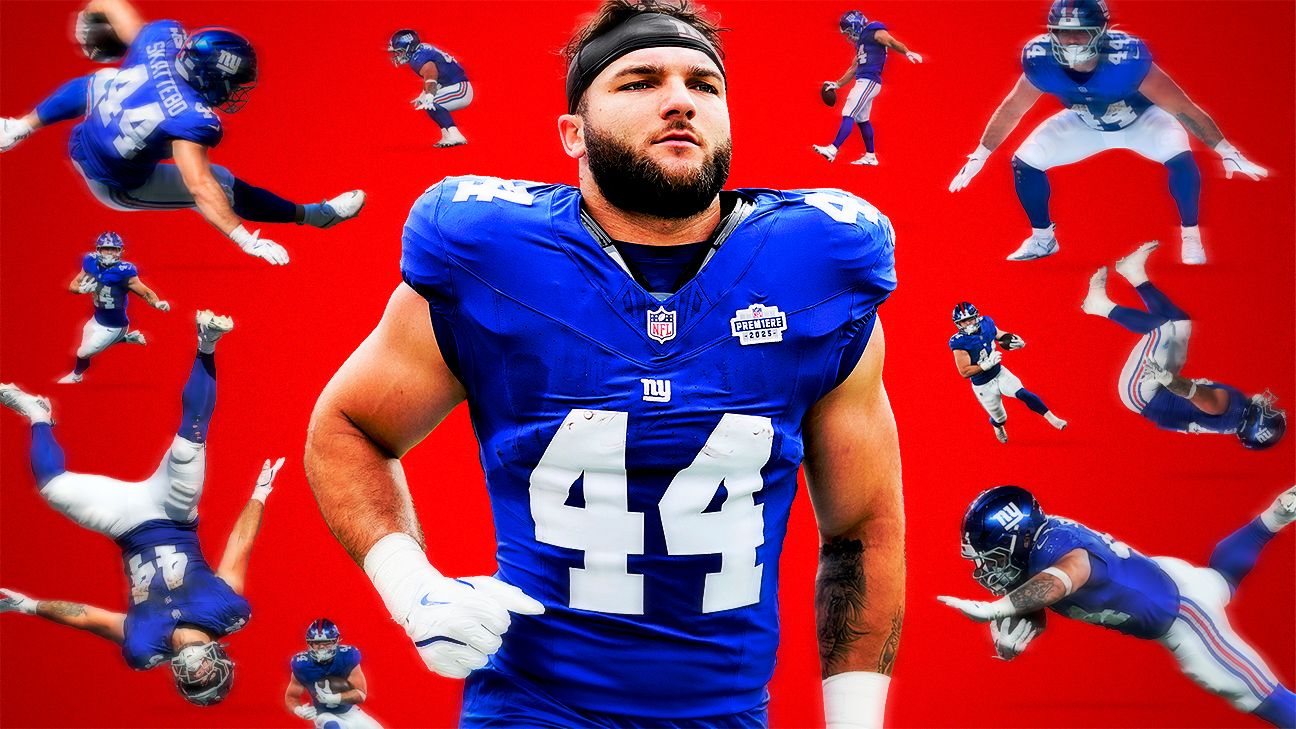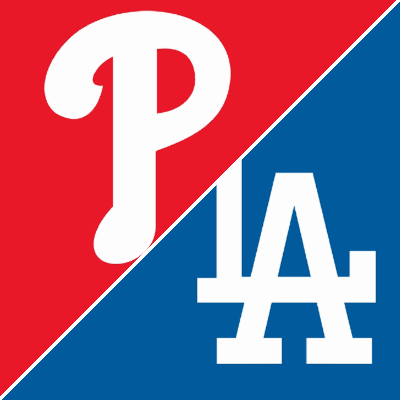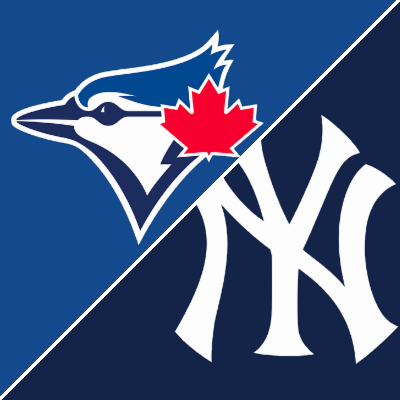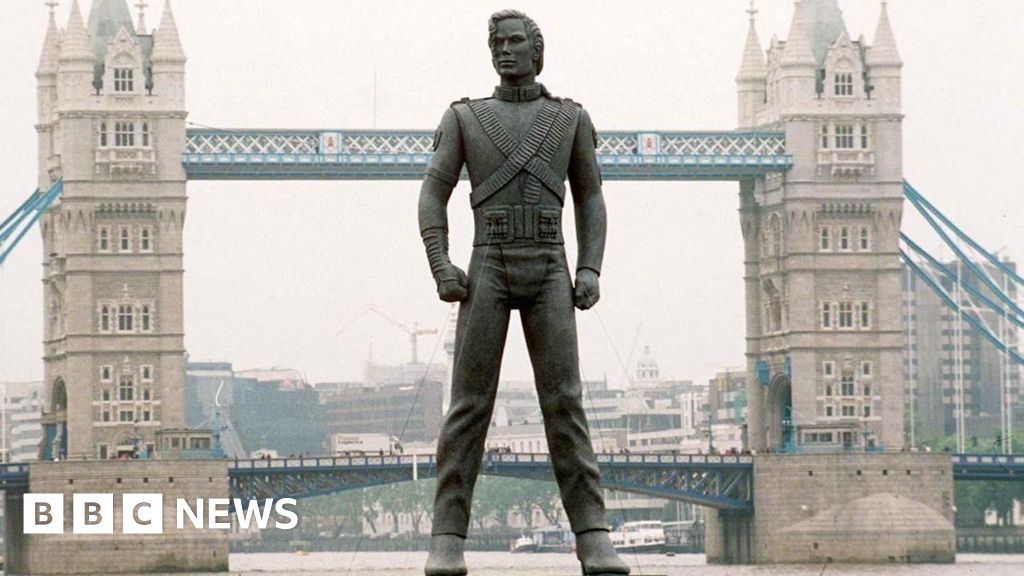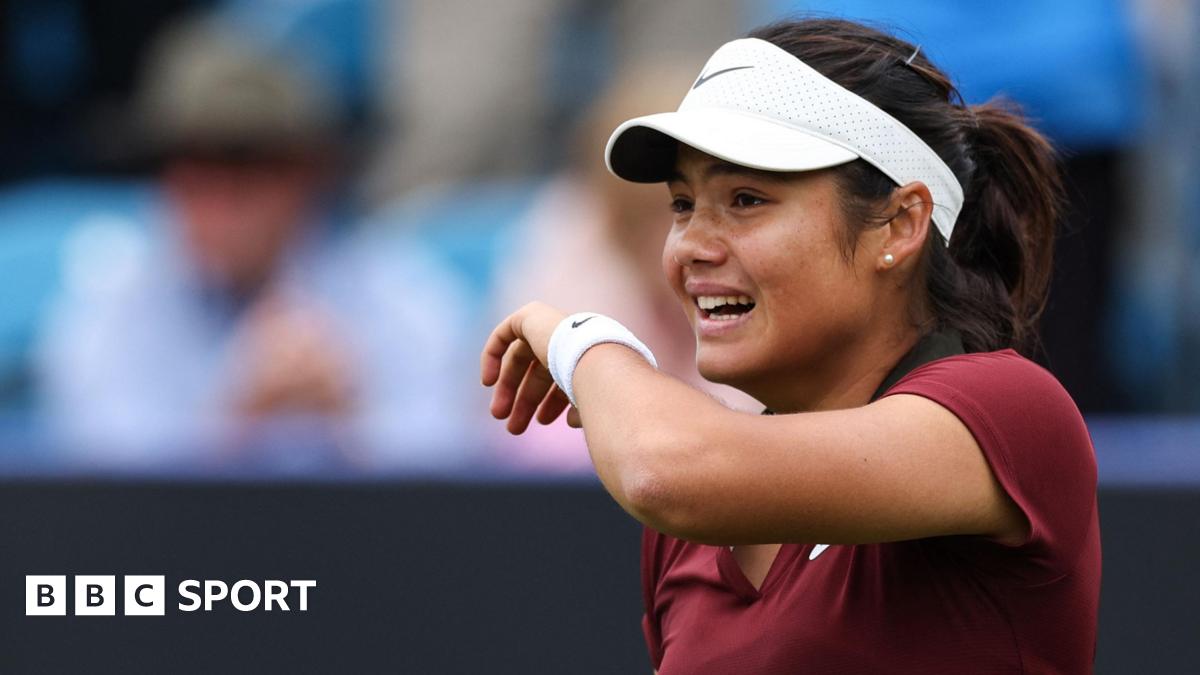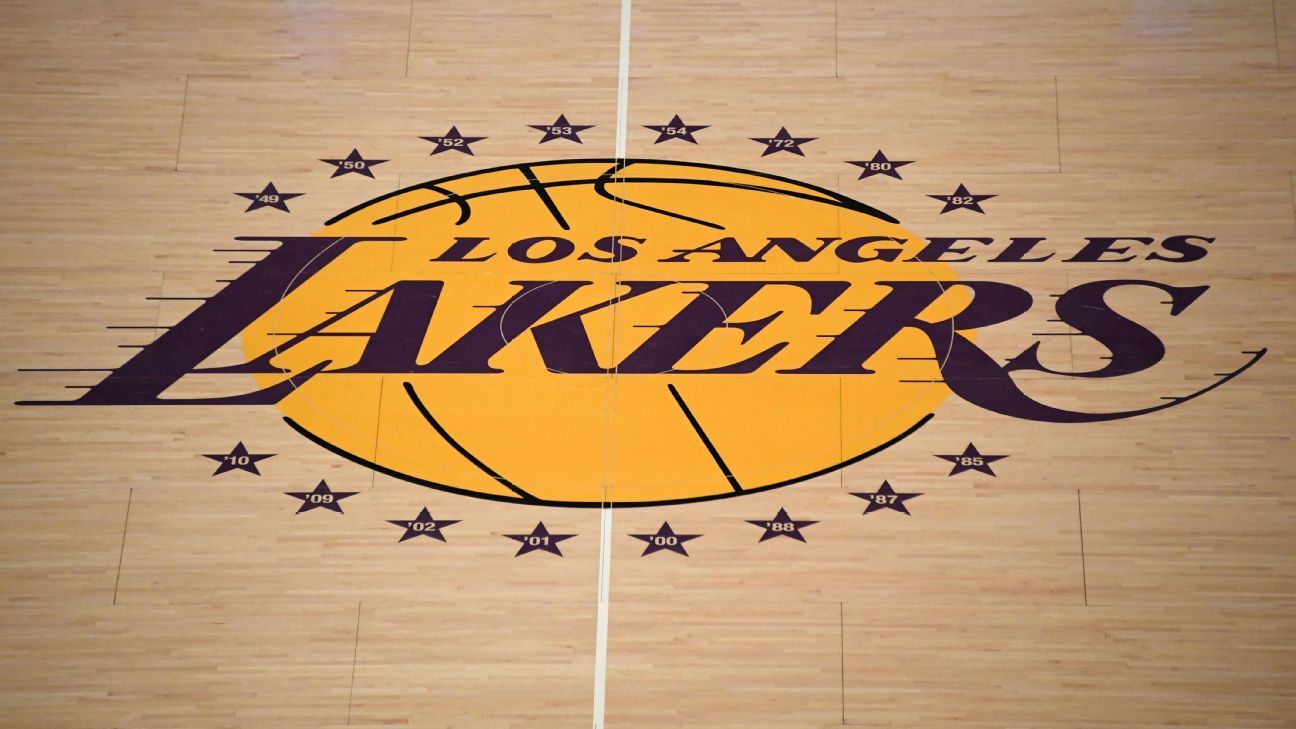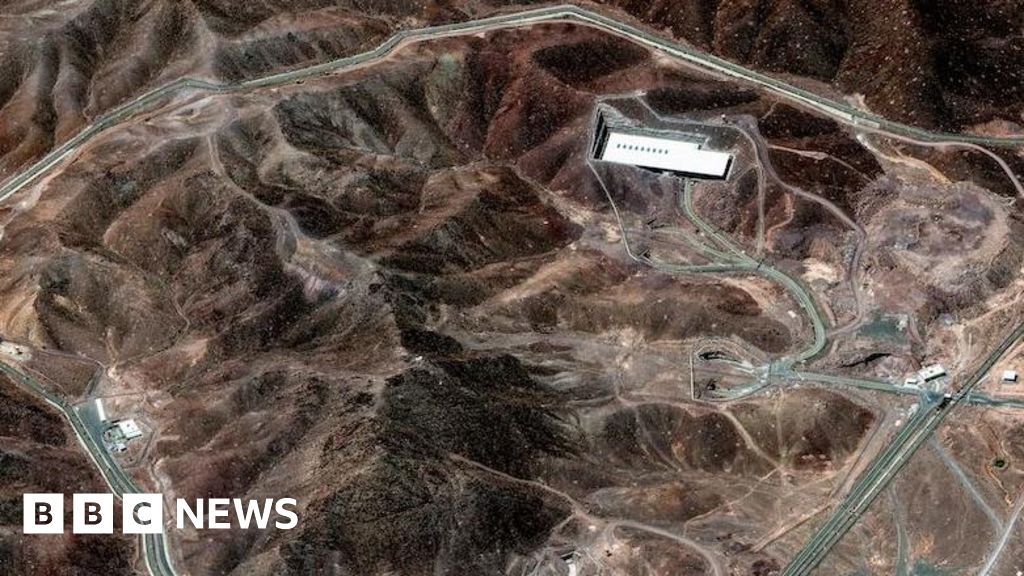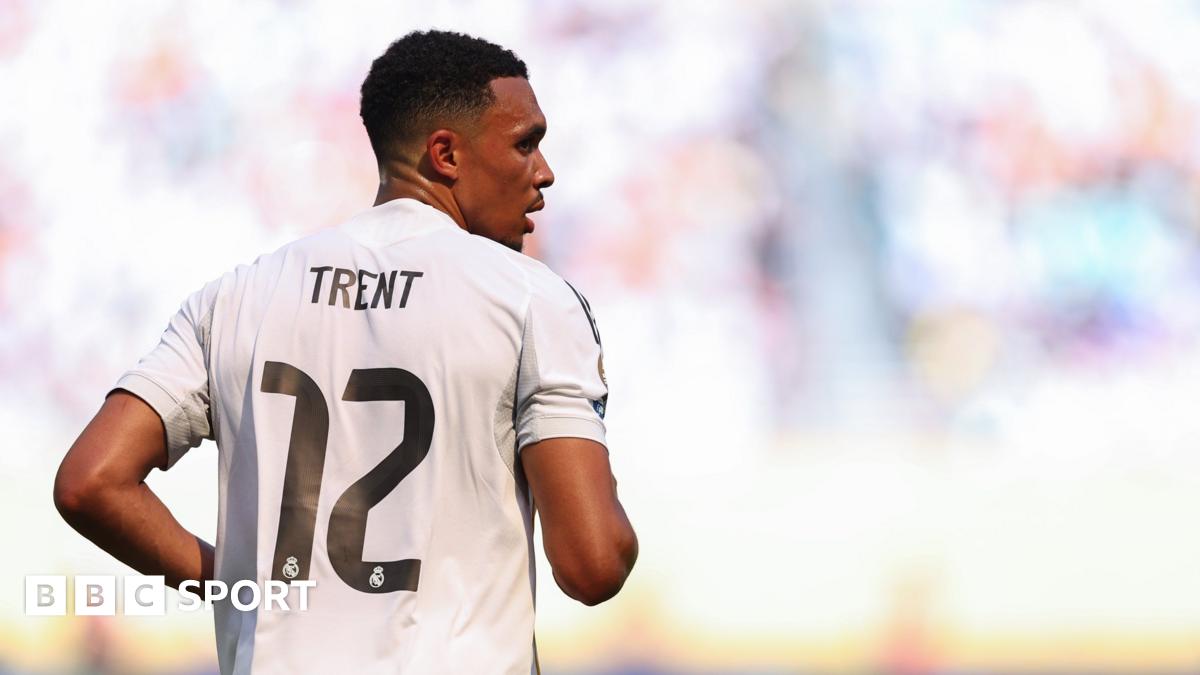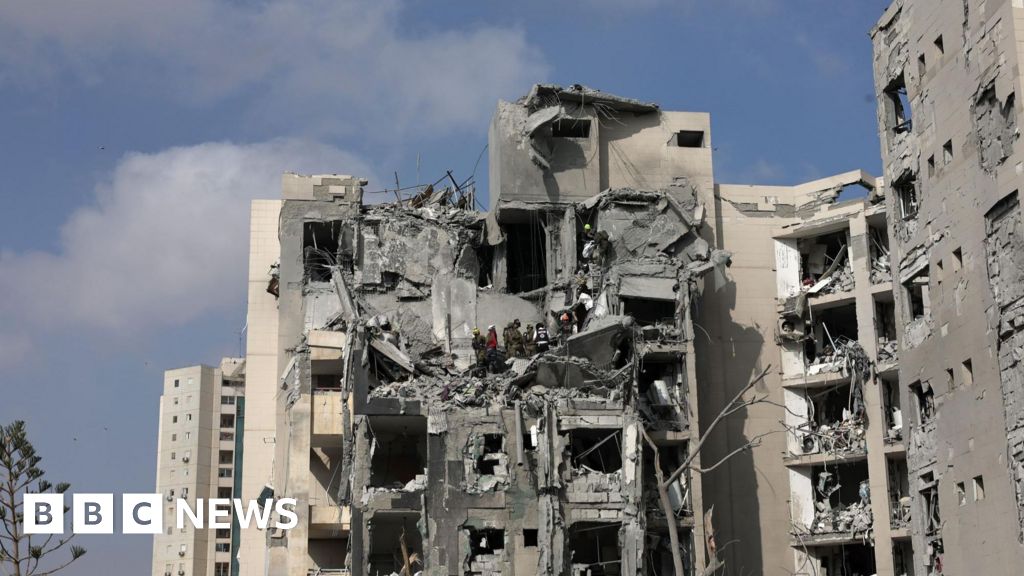
Rachel DoerrieJun 11, 2025, 07:00 AM ET
- Rachel Doerrie is a professional data consultant specializing in data communication and modelling. She's worked in the NHL and consulted for professional teams across North American and Europe. She hosts the Staff & Graph Podcast and discusses sports from a data-driven perspective.
The 2025 NHL scouting combine took place in Buffalo this past weekend -- with a little spin to it. The decentralized draft -- with team personnel at their own headquarters -- means execs will not have opportunities to take prospects to dinner during draft week, meet their families and get one more evaluation done prior to draft night. So along with dinners, the typical fitness testing and interview process took place in Buffalo.
The scouting combine has changed dramatically over the last decade, since its centralization to Buffalo. Each team is given a suite on the executive level to set up their interviews. Players go from room to room, in 15-minute intervals -- one player termed it the "interrogation gauntlet" a few years ago. This is the first time players will meet with team executives, as most teams have their general manager and the assistant GM that oversees the scouting department both present. Throughout the season, area scouts will interview prospects or send questionnaires. When teams select who they'd like to interview at the combine, having base knowledge of the player removes the need for small talk.
Usually, teams take three or four players out for dinner during draft week and will meet with several others of interest. Players are unlikely to be asked to dinner by teams who have no chance of taking them. No. 1-ranked prospect Matthew Schaefer isn't going to dine with the Tampa Lightning, Edmonton Oilers or Colorado Avalanche, for instance, and frankly, probably doesn't need to meet with anyone besides the New York Islanders and San Jose Sharks, picking first and second.
For players like James Hagens or Porter Martone, they may have four to five meals with teams in the range to select them. For what it's worth, the Isles took Schaefer, Michael Misa and Hagens to dinner during combine week. Had the draft been centralized, it is likely they would have met again over a meal in Los Angeles, along with their families.
More interesting, Chicago, who owns the third overall pick, did not take anyone to dinner. Given the decentralized draft, that is certainly a calculated decision from their brass. Perhaps they plan to invite players to Chicago, fly to the hometowns of players of interest, or fly to Los Angeles during draft week? No one knows, but their strategy caused some conversation among other teams' personnel. The Philadelphia Flyers famously avoided taking Jett Luchanko to dinner last season before drafting him, so as to not raise alarm bells with other teams. Perhaps Chicago is taking a page out of that book.
Hagens also dined with the Utah Mammoth (picking fourth) and interviewed with 16 teams overall -- a wide range for a player expected to go very early. If Hagens falls out of the Top 5, you may see a team trade up to grab him because he becomes a value pick after third overall. Utah also had dinner meetings with Jake O'Brien and Brady Martin, though it is believed their 4th overall pick could be available for the right price in trade.
If Hagens is there at No. 4, and we believe he will be, there are a few people who think the Isles will make a play for that pick; one rumored deal would include multiple early-round picks. After all, Hagens did say his dream is win a Stanley Cup with the Islanders.
The Flyers cast a wide net including O'Brien, Martin and Porter Martone. It is no secret the Flyers need a center, and they are certainly in a position to draft one with the No. 6 pick. Notably, Martone is a winger, but he's big and has some pest qualities to his game, which would interest the Flyers. The Flyers met with quite a few goalies at the combine, and given their uncertainty in goal, is it easy to see why they would have interest in Joshua Ravensbergen, Jack Ivankovic, Alexei Medvedev and Semyon Frolov. With three first-round picks -- they also have the Avs' pick at No. 22 and the Oilers' at either No. 31 or 32 -- it's not hard to imagine a scenario where the Flyers take the goalie they covet.
The Canucks took Braden Cootes to dinner and are believed to have done significant due diligence on Roger McQueen. Their organizational need for a center is well documented, but given the absence of GM Patrik Allvin at the combine, which raised a lot of eyebrows, many believe the 15th overall pick will be used in a trade to acquire immediate help at the center position. Similarly, there is belief that the Columbus Blue Jackets are looking to move some of their draft capital for immediate help.
Brady Martin has built a hype train that is full steam ahead. While he's likely the 12th-15th best player available, Sam Bennett's playoff performance has impacted Martin's stock. The farm boy who will miss the draft because there is work to be done is now rumored to go as high as No. 4 in the draft. When asked by reporters who he models his game after, he chose Bennett, Matthew Knies and Tom Wilson.
The prevailing belief is that he won't get past Boston at 7th overall, meaning the likes of Martone, O'Brien and McQueen could be available much later than anticipated. Some scouts love his raw potential given that he's more farm strength than hockey strength, and some see his potential as a second-line pest type. If a team truly believes he can be the next Sam Bennett, there is an argument to take him in the top 10, but there are many cautionary tales of passing on players with higher ceilings while drafting for a certain type of player.
There were some fun interview tidbits to come out of the combine too. The Pittsburgh Penguins used video in their meetings, a Kyle Dubas special. The team had clips of each player and played them back slowly, quizzing the player on what happened next, why they made a certain decision and what they saw on the play. In speaking to people who were part of the combine process during Dubas' time with the Leafs, he does this to get a feeling for a player's ability to read the game, as well as their belief in themselves when pressed about a decision they made on a particular play.
The Ottawa Senators asked players to tell a joke -- a lighthearted way of finding out who can think on their feet or who may be a jokester in the locker room. Known for their somewhat strange questions, the Montreal Canadiens asked players what they would do if they were stranded in the desert with another person, a bottle of water and a baseball bat -- and the other person took the water which could not be shared. Other questions from teams included what animal a player thinks they'd be.
The consensus from the interviews was that Anton Frondell, Caleb Desnoyers and Martin really impressed NHL executives. They were engaging in conversation, and teams took note of that. That will certainly help all three. Desnoyers has steadily climbed draft boards, but didn't take part in testing due to a Memorial Cup campaign that prevented him from recovering from wrist injuries.
Speaking of injury, all eyes were on Roger McQueen during fitness testing. There is significant concern about his back and the possibility it could be a recurring issue, though it was a fracture, not a muscular injury. One executive said he'd be in the conversation for second overall if injury concerns weren't a factor. Instead, McQueen could find himself available through the early teens. He completed the combine testing without issue, told teams he felt 100% healthy, and ripped off nine pull-ups during the combine, and nearly hit a 10th. Given the back muscles associated with that test, McQueen's performance is believed to have quelled some of the concerns.
Will Horcoff showed off high-quality explosiveness, setting the combine record for standing long jump, and finished first in the no-arm vertical. While it isn't a test of his skating explosiveness, those scores are a sign of his muscular makeup and his potential to be an explosive skater in the NHL. He was already climbing draft boards, and the son of Shawn Horcoff did himself quite a few favors with his fitness testing and interviews.
Questions about Anton Frondell's fitness seemed to linger among scouts through the season, and he all but shut those down, with the best performance on the VO2 Max test, along with Cole Reschny.
Mason West, the dual sport dynamo from Minnesota declared that he was choosing hockey. The high school quarterback measured 6-6.25 tall, and is considered to be one of the more interesting prospects in the draft. Generally speaking, multi-sport athletes are more successful when they finally specialize because their athleticism is not built around one sport. They are likely to have better coordination, better reaction skills and be functionally stronger. Given West's size and raw talent, he is someone to watch very early on Day 2 of the draft.
Outside of the typical combine testing, the decentralization added another twist. The draft floor is where a lot of trades and chatter occur. That won't happen this year, and the overwhelming feeling is that a lot of those discussions took place at the combine -- given it is the only opportunity for the GMs to be in the same city prior to the draft. That made Patrik Allvin's absence all the more eyebrow-raising given the Canucks' stated goal of acquiring a center, and the potential of some serious trade fireworks out of the offices of Rogers Arena.
Not only were many GMs present, but all of the major agents were also present. A who's who of the hockey world descended on Buffalo, and the prevailing feeling was that a lot of groundwork was laid on potential trades and free agent signings (despite tampering rules) over the last week.
One thing is for sure; we have entered silly season, and first-round draft picks are unlikely to be the only major chess moves in the coming weeks.



